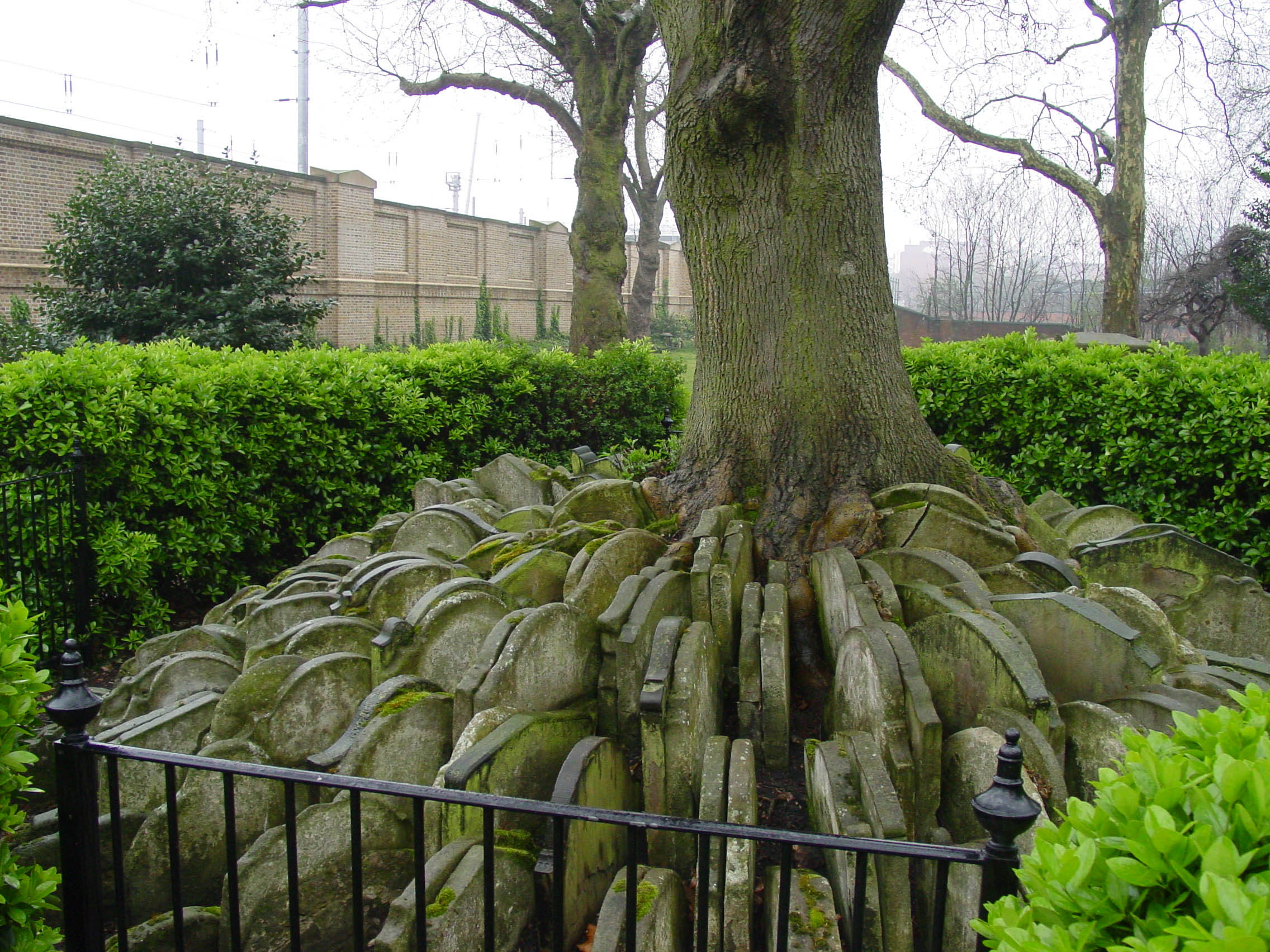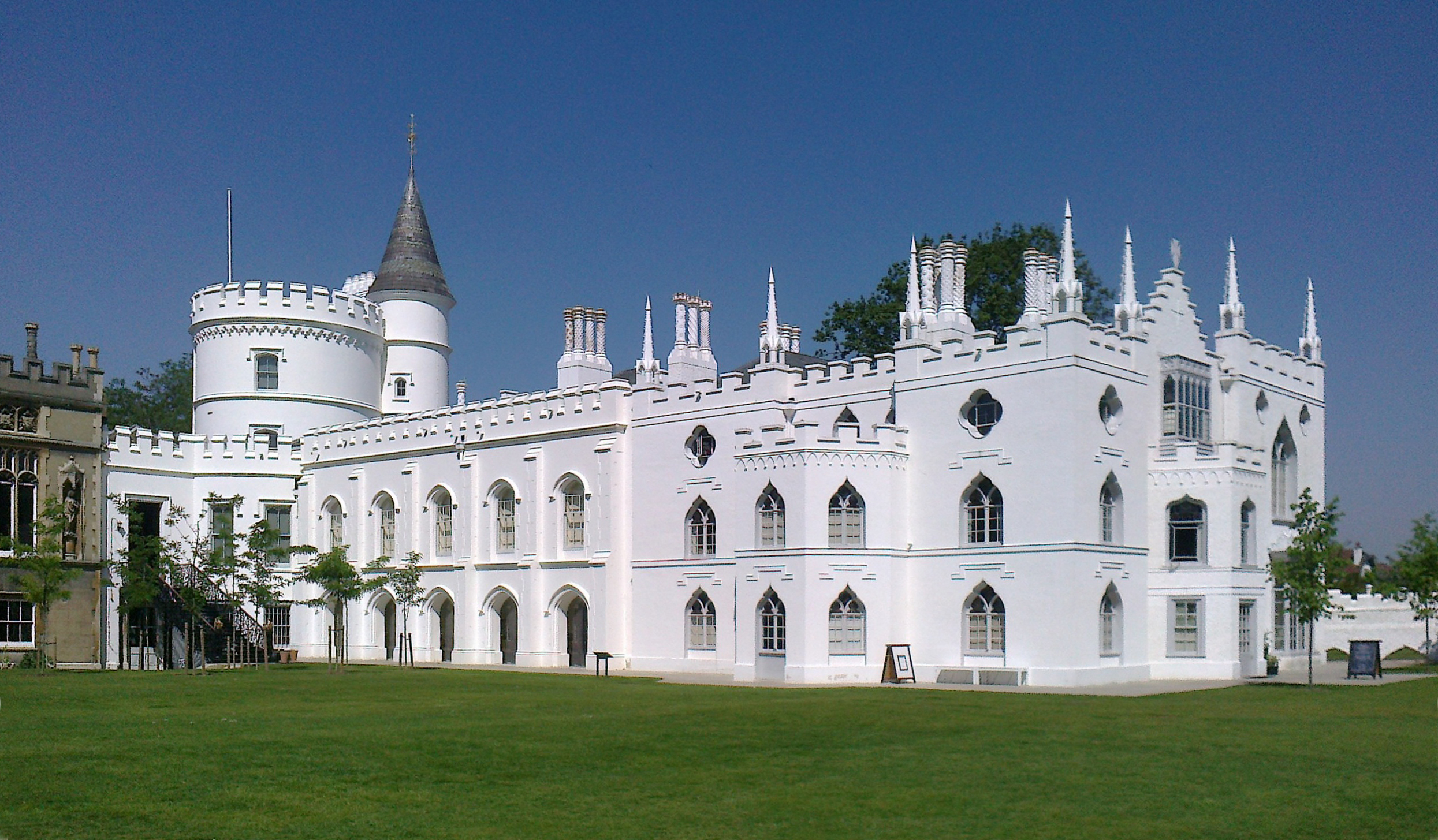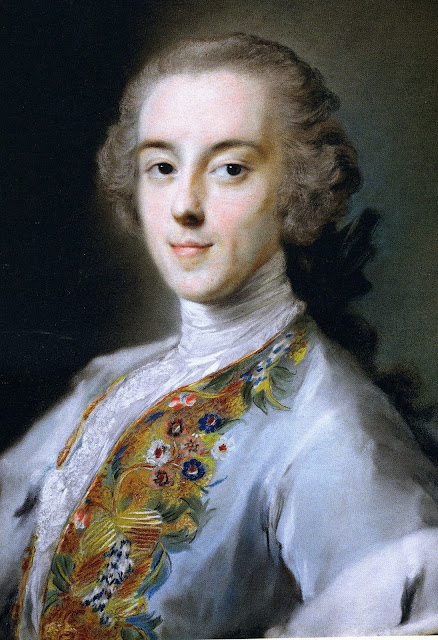|
Elizabeth Fox, Countess Of Ilchester
Elizabeth Fox (or Fox-Strangways), Countess of Ilchester (c.1723–1792), née Elizabeth Horner, was the wife of Stephen Fox-Strangways, 1st Earl of Ilchester. Life She was the only child and sole heiress of Thomas Horner (1688–1741) (later Strangways-Horner), MP, of Mells Manor, Mells, Somerset. Her mother was the heiress Susannah Strangways, one of the two daughters of Thomas Strangways (1643–1713) of Melbury House in Dorset, a major landowner. The other daughter, Elizabeth Strangways (died 1729), married James Hamilton, 5th Duke of Hamilton, as his second wife, but died childless. Susanna Strangways was the co-heiress of her childless brother Thomas Strangways (died 1726) and, after the death of her sister the Duchess of Hamilton in 1729, sole heiress. On 15 March 1736, at the age of 13, Elizabeth married Stephen Fox, the 31-year-old future earl. A homosexual, he was for many years the lover of John Hervey, 2nd Baron Hervey, whose letters to him have been published. ... [...More Info...] [...Related Items...] OR: [Wikipedia] [Google] [Baidu] |
Lady Harriet Acland
Lady Christian Henrietta Caroline Acland (''née'' Fox-Strangways; 3 January 175021 July 1815) was a British noblewoman and diarist. She accompanied her husband to British North America and became celebrated for her personal courage. She is commemorated on one of the bronze reliefs on second floor of the Saratoga Monument in the State of New York. Early life She began life as The Honourable Christian Henrietta Caroline "Harriet" Fox-Strangways, daughter of Stephen Fox-Strangways (then Baron Ilchester), and his wife, the former Elizabeth Horner. When her father was raised to his earldom, Harriet became "Lady Harriet Fox-Strangways". She was born in Kilmington, Somerset and baptized in St James's, Piccadilly, London on 16 January 1750. Her second cousin was the British politician Charles James Fox and her family was part of the Whig aristocratic circle. Marriage and issue In 1770, at the age of twenty, she married by special licence John Dyke Acland, son of Sir Thomas Dy ... [...More Info...] [...Related Items...] OR: [Wikipedia] [Google] [Baidu] |
1792 Deaths
Events January–March * January 9 – The Treaty of Jassy ends the Russian Empire's war with the Ottoman Empire over Crimea. * January 25 – The London Corresponding Society is founded. * February 18 – Thomas Holcroft produces the comedy ''The Road to Ruin (play), The Road to Ruin'' in London. * February 20 ** The Postal Service Act, establishing the United States Postal Service, United States Post Office Department, is signed by President George Washington.''Harper's Encyclopaedia of United States History from 458 A. D. to 1909'', ed. by Benson John Lossing and, Woodrow Wilson (Harper & Brothers, 1910) p169 ** Parliament House, Dublin catches fire during a legislative session. "Although in imminent danger of the roof falling in," it is noted later, "the House did not adjourn until a proper motion had been put and carried in the affirmative.""Fires, Great", in ''The Insurance Cyclopeadia: Being an Historical Treasury of Events and Circumstances Connect ... [...More Info...] [...Related Items...] OR: [Wikipedia] [Google] [Baidu] |
1720s Births
Seventeen or 17 may refer to: *17 (number) * One of the years 17 BC, AD 17, 1917, 2017, 2117 Science * Chlorine, a halogen in the periodic table * 17 Thetis, an asteroid in the asteroid belt Literature Magazines * ''Seventeen'' (American magazine), an American magazine * ''Seventeen'' (Japanese magazine), a Japanese magazine Novels * ''Seventeen'' (Tarkington novel), a 1916 novel by Booth Tarkington *''Seventeen'' (''Sebuntiin''), a 1961 novel by Kenzaburō Ōe *'' Seventeen'' (''Kuraimāzu hai''), a 2003 novel by Hideo Yokoyama * ''Seventeen'' (Serafin novel), a 2004 novel by Shan Serafin Stage and screen Film * ''Seventeen'' (1916 film), an American silent comedy film *'' Number Seventeen'', a 1932 film directed by Alfred Hitchcock * ''Seventeen'' (1940 film), an American comedy film *'' Stalag 17'', an American war film *''Eric Soya's '17''' (Danish: ''Sytten''), a 1965 Danish comedy film * ''Seventeen'' (1985 film), a documentary film * ''17 Again'', a 2009 film wh ... [...More Info...] [...Related Items...] OR: [Wikipedia] [Google] [Baidu] |
Thomas Hardy
Thomas Hardy (2 June 1840 – 11 January 1928) was an English novelist and poet. A Literary realism, Victorian realist in the tradition of George Eliot, he was influenced both in his novels and in his poetry by Romanticism, including the poetry of William Wordsworth. He was highly critical of much in Victorian era, Victorian society, especially on the declining status of rural people in Britain such as those from his native South West England. While Hardy wrote poetry throughout his life and regarded himself primarily as a poet, his first collection was not published until 1898. Initially, he gained fame as the author of novels such as ''Far from the Madding Crowd'' (1874), ''The Mayor of Casterbridge'' (1886), ''Tess of the d'Urbervilles'' (1891) and ''Jude the Obscure'' (1895). During his lifetime, Hardy's poetry was acclaimed by younger poets (particularly the Georgian Poetry, Georgians) who viewed him as a mentor. After his death his poems were lauded by Ezra Pound, W. H. Au ... [...More Info...] [...Related Items...] OR: [Wikipedia] [Google] [Baidu] |
Abbotsbury Subtropical Gardens
The Abbotsbury Subtropical Gardens is a visitor attraction near the village of Abbotsbury, Dorset, southern England.Kelly, J. Abbotsbury Gardens'', 1984 They are Grade I listed in the National Register of Historic Parks and Gardens. The garden originates in 1765. In the late eighteenth century, the Fox-Strangeways family (the Earl of Ilchester, Earls of Ilchester) built a new house on the location; when it was burnt down in 1913, they returned to their family seat at Melbury House, but the walled garden was maintained—it remains in the ownership of the family. Since then, particularly after the contributions of the William Fox-Strangways, 4th Earl of Ilchester, 4th Earl of Ilchester, the gardens have developed into an site with exotic plants, many of which were newly discovered species when they were first introduced. There are Formal garden, formal and informal gardens, with woodland walks and walled gardens; in addition, the gardens also contain certain "zones" that exhibit ... [...More Info...] [...Related Items...] OR: [Wikipedia] [Google] [Baidu] |
Destruction Of Country Houses In 20th-century Britain
The destruction of country houses in 20th-century Britain was the result of a change in social conditions: many country houses of varying architectural merit were demolished by their owners. Collectively termed by several authors "the lost houses", the destruction of these now often-forgotten houses has been described as a cultural tragedy. The British nobility had been demolishing some of their country houses since the 15th century, when comfort replaced fortification as an essential need. For many, demolishing and rebuilding their country homes became a lifelong hobby, in particular during the 18th century when it became fashionable to take the Grand Tour and return home with art treasures, supposedly brought from classical civilizations. During the 19th century, many houses were enlarged to accommodate the increasing numbers of servants needed to create the famed country house lifestyle. Less than a century later, this often meant they were of an unmanageable size. In the ea ... [...More Info...] [...Related Items...] OR: [Wikipedia] [Google] [Baidu] |
Strawberry Hill House
Strawberry Hill House—often called simply Strawberry Hill—is a Gothic Revival architecture, Gothic Revival villa that was built in Twickenham, London, by Horace Walpole (1717–1797) from 1749 onward. It is a typical example of the "#Strawberry Hill Gothic, Strawberry Hill Gothic" style of architecture, and it prefigured the nineteenth-century Gothic Revival. Walpole rebuilt the existing house in stages starting in 1749, 1760, 1772 and 1776. These added Gothic features such as towers and battlements outside and elaborate decoration inside to create "gloomth" to suit Walpole's collection of antiquarian objects, contrasting with the more cheerful or "riant" garden. The interior included a Robert Adam fireplace; parts of the exterior were designed by James Essex. The garden contained a large seat shaped like a Rococo sea shell, which was recreated during the 2012 restoration of the garden, one of the many examples of historic garden conservation in the UK. Under Horace Walpole ... [...More Info...] [...Related Items...] OR: [Wikipedia] [Google] [Baidu] |
Horace Walpole
Horatio Walpole, 4th Earl of Orford (; 24 September 1717 – 2 March 1797), better known as Horace Walpole, was an English Whig politician, writer, historian and antiquarian. He had Strawberry Hill House built in Twickenham, southwest London, reviving the Gothic style some decades before his Victorian successors. His literary reputation rests on the first Gothic novel, '' The Castle of Otranto'' (1764), and his ''Letters'', which are of significant social and political interest. They have been published by Yale University Press in 48 volumes. In 2017, a volume of Walpole's selected letters was published. The youngest son of the first British Prime Minister, Sir Robert Walpole, 1st Earl of Orford, he became the 4th and last Earl of Orford of the second creation on his nephew's death in 1791. Early life: 1717–1739 Walpole was born in London, the youngest son of British Prime Minister Sir Robert Walpole and his wife, Catherine. Like his father, he received early educatio ... [...More Info...] [...Related Items...] OR: [Wikipedia] [Google] [Baidu] |
Chesil Beach
Chesil Beach (also known as Chesil Bank) in Dorset, England, is one of three major shingle beach structures in Britain.A. P. Carr and M. W. L. Blackley, "Investigations Bearing on the Age and Development of Chesil Beach, Dorset, and the Associated Area" ''Transactions of the Institute of British Geographers'', No. 58 (March 1973) pp. 99-111. Its name is derived from the word '' chessil'' (Old English or ), meaning "gravel" or "shingle". It runs for a length of from West Bay to the Isle of Portland and in places is up to high and wide. Behind the beach is the Fleet, a shallow tidal lagoon. Both are part of the Jurassic Coast and a UNESCO World Heritage Site, and together form a Site of Special Scientific Interest (SSSI) and a Ramsar Site. Owners of the land designated as ''Chesil & The Fleet'' SSSI include the Crown Estate, the Ministry of Defence and the National Trust. The beach is almost entirely made of stone shingle, and the typical size of stones reduces steadi ... [...More Info...] [...Related Items...] OR: [Wikipedia] [Google] [Baidu] |
John Dyke Acland
John Dyke Acland (21 February 1747 – 22 November 1778) of Tetton and Pixton in Somerset, was Tory Member of Parliament for Callington in Cornwall and fought in the American War of Independence.Chambers Biographical Dictionary, , page 6 Origins He was the eldest son and heir apparent of Sir Thomas Dyke Acland, 7th Baronet (1722–1785) of Killerton in Devon and Petherton Park in Somerset, by his wife Elizabeth Dyke (d.1753), daughter and heiress of Thomas Dyke of Tetton, Holnicote and Pixton in Somerset. The ancient Acland family, believed to be of Flemish origin, originated at the estate of Acland in the parish of Landkey in North Devon, where it is first recorded in 1155. Career Acland was Colonel of the 1st Devon Militia,Vivian, p. 5 formed to protect Great Britain from a feared French invasion. In 1774 he was elected Member of Parliament for the rotten borough of Callington in Cornwall, and forcefully expressed his Tory views in parliament by virulently opp ... [...More Info...] [...Related Items...] OR: [Wikipedia] [Google] [Baidu] |
Henry Thomas Fox-Strangways, 2nd Earl Of Ilchester
Henry Thomas Fox-Strangways, 2nd Earl of Ilchester (10 August 1747 – 5 September 1802), known as Lord Stavordale from 1756 to 1776, was a British peer and Member of Parliament. Early life and education Ilchester was the eldest son of Stephen Fox-Strangways, 1st Earl of Ilchester, and his wife, the former Elizabeth Horner. Henry Fox, 1st Baron Holland, was his uncle. He was educated at Eton (1760–1764) and Christ Church, Oxford (1765). Career He was elected to the House of Commons for Midhurst, Sussex in 1768 (along with his cousin Charles James Fox), a seat he retained until 1774. Two years later he succeeded his father as second Earl of Ilchester and took his seat in the House of Lords. He bought an army commission in 1770 and was made a captain in the 24th Regiment of Foot, but in 1775 when the regiment was sent to America he resigned his commission. Detailed information about the Ilchester household and family survives in the published diaries and correspondence o ... [...More Info...] [...Related Items...] OR: [Wikipedia] [Google] [Baidu] |







